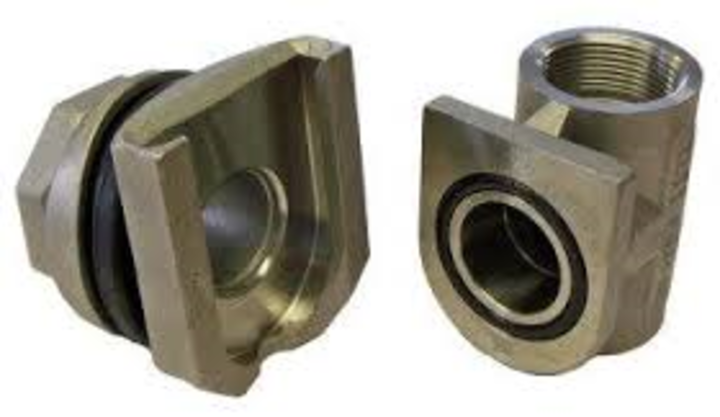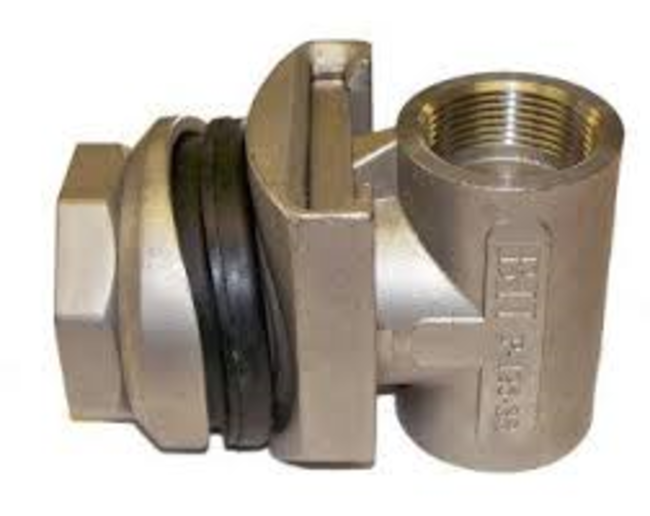Chris Jones
Member
In the 60's in VA we had "dug" wells perhaps 50 ft deep and 3 foot in diameter--though they might once have been constructed with a shovel at that time it was a 3 foot diameter auger mounted on a well drilling truck. The well was lined with concrete curbings that extended above ground with a large concrete cap. The plumbing entered the well below grade and the pump was in the house or some times in a pit beside the well covered by it's own curbing and cap.
At the same time in NC they were boring 8" diameter wells. I'm not sure the common depth at that time but the well casings did not extend above ground. They were capped 12-18" below grade and buried. The pump was in the house.
Since the 80's at least they're boring 250-300' 8" wells and using submersible pumps. The casings must extend up above grade level and the plumbing exits the top of the casing, makes a U turn and goes in the ground to the house. A concrete curb with cap was commonly put over the well and plumbing but now most folks have a fake fiberglass rock cover over them. Any work done on an old well now requires it be brought above ground.
When it's well below freezing for several days those pipes exiting today's wells under the rocks/curbings can freeze--happened to me once but thankfully didn't cause any damage.
How are wells constructed up north where the weather is colder longer to prevent freezing?
At the same time in NC they were boring 8" diameter wells. I'm not sure the common depth at that time but the well casings did not extend above ground. They were capped 12-18" below grade and buried. The pump was in the house.
Since the 80's at least they're boring 250-300' 8" wells and using submersible pumps. The casings must extend up above grade level and the plumbing exits the top of the casing, makes a U turn and goes in the ground to the house. A concrete curb with cap was commonly put over the well and plumbing but now most folks have a fake fiberglass rock cover over them. Any work done on an old well now requires it be brought above ground.
When it's well below freezing for several days those pipes exiting today's wells under the rocks/curbings can freeze--happened to me once but thankfully didn't cause any damage.
How are wells constructed up north where the weather is colder longer to prevent freezing?



